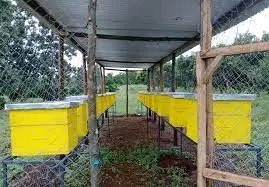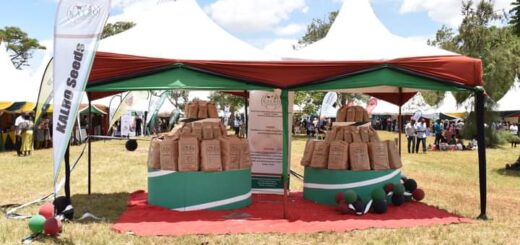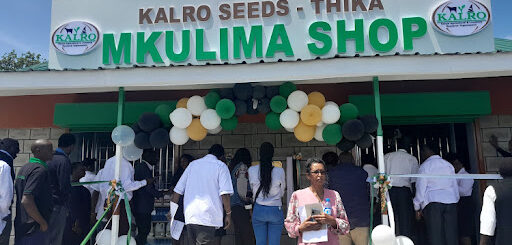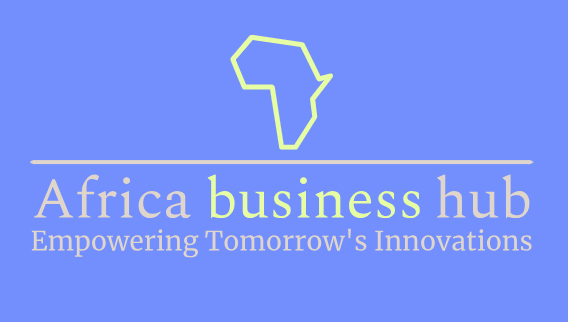Challenges of Dairy Farming and Production: Alternatives to dairy Meal use.
Dairy farming, traditionally a source of livelihood for many households, not only serves as a reliable income source but also underpins economic stability. This article digs into the multifaceted world of dairy production, shedding light on farmers’ economic challenges and proposing sustainable solutions to cut production costs.
The Economic Landscape
Dairy farming, often hailed as the backbone of the economy, confronts an economic issue. While it provides a robust income stream for many households in Africa and the globe, the rising production cost, notably in feed, poses a major challenge. This challenge leads to substantial losses when left unaddressed, prompting some farmers to exit the industry.
The cost of feeds dominates the intricate web of expenses in dairy farming. This significant financial commitment has major implications, affecting the economic viability of dairy operations. As we explore potential solutions, it is crucial to understand the root causes of these challenges and their ramifications on the livelihoods of dairy farmers.
Dairy Meal Usage and Expense
Dairy meal is crucial for modern dairy farming, but a tricky issue is at play. Dairy meal, a staple in many feed formulations, has significantly contributed to production costs. Its expense, exacerbated by market fluctuations, prompts a reevaluation of feeding strategies. Additionally, many products in the market do not quite meet the cows’ nutritional needs to produce their best. The challenge is in the mix: a good dairy meal needs the right balance of proteins, carbs, vitamins, and minerals. However, unfortunately, many products are out there with varying quality. This is not just an abstract problem; cows might not make as much milk, and their overall health could be at risk. For farmers already dealing with the high costs of running a dairy, using lower-quality meals adds another financial hit. To tackle this, farmers must be innovative about where they get their dairy meals, carefully checking labels. Also, education about these issues and working together to set industry standards are vital steps to ensure dairy farming stays sustainable and profitable. Therefore, with the current challenge, Farmers are compelled to seek alternatives that reduce costs and ensure their livestock’s nutritional well-being.
Exploring Alternatives to Dairy Meal
A Path to Resilient Farming Practices
Acknowledging the challenges posed by substandard dairy meals prompts a shift towards exploring sustainable alternatives that alleviate financial burdens and prioritize the well-being of dairy herds. Fodder crops such as lucerne, desmodium, and calliandra plantations have emerged as viable substitutes, offering cost-effective and nutritionally rich options. These alternatives mitigate the economic strain on farmers and contribute to dairy cattle’s overall health and vitality. Additionally, incorporating silage into feeding regimens is a practical alternative, providing a reliable and cost-efficient means to ensure a consistent and nutritionally balanced diet throughout the year. By embracing these alternatives, dairy farmers can forge a path toward a more resilient and sustainable future where economic considerations align harmoniously with the health and productivity of their herds.
Feed Conservation
Sillage formulation is a clever move for dairy farmers. Silage is made by fermenting crops like maize or alfalfa at their best. Silage helps a lot when there is not enough fresh feed for the cows, especially in dry seasons. It gives them a steady and healthy diet. The way silage is made makes it easy for cows to digest and has more nutrients. This means healthier cows that give more milk. Using silage is also a money-saver for farmers because they can make it from crops that might go to waste. This makes farmers more independent and ready to face changes in the market. So, adding silage to the cow’s menu is wise for dairy farmers looking to be smart with their resources and keep their cows happy and healthy.
Importance of Proper Feeding and Management
Sustainability in dairy farming is centred on proper feeding and management practices. Balancing nutrition, optimizing feed storage, and adopting efficient management habits are critical components of a thriving dairy enterprise. The holistic approach to animal welfare and farm management minimizes economic losses and contributes to the dairy sector’s long-term viability.
In conclusion, addressing the economic challenges in dairy farming demands a multifaceted strategy encompassing alternative feed sources, prudent financial management, and sustainable agricultural practices. By collectively embracing these solutions, we can foster a resilient dairy industry that weathers economic uncertainties and thrives in the face of challenges.
For in-depth discussions, personalized advice, or further inquiries on sustainable dairy farming practices, feel free to connect with us.
Together, let us build a sustainable future for dairy farming.




This is good you can discuss more on how to get the protein rich plantations